Dhanushkodi Beach – The last land / road of india, Pamban Island in Rameswaram – Best Beach in Rameswaram for Adventurous Travelers, family & friends – Visit, History, Travel Guide
– ram setu, the bridge build by lord ram
| CasualWalker’s Rating for Dhanushkodi, Pamban Island in Rameswaram: | |

9.3 – Superb Awesome
|
|
Dhanushkodi the origin place of the Ram Setu, Located on the southeastern end of Rameshwaram Island in Tamil Nadu. This island enchants us with its beautiful views of the two oceans, the Bay of Bengal and the Indian Ocean. Dhanushkodi is the last land of India of course is also a lost land of India.
Mythological Importance of Dhanushkodi, Pamban Island in Rameswaram:
- Historically this is the place where Lord Hanuman along with his army built a “Setu” – a bridge to cross the sea to reach Sri Lanka.
- The town of Dhanushkodi is believed to be the place where Lord Rama had ordered Lord Hanuman to build a bridge that could carry his army across to Sri Lanka.
- After rescuing his wife, Lord Ram destroyed the bridge with arrows from his bow, at the request of Vibhishan (new Lanka King), thus the town got its name ‘Dhanushkodi’ – தனுஷ் கோடி, meaning ‘end of bow’.
- There have been satellite images produced by NASA which indicate the presence of a bridge underneath the waters connecting Sri Lanka and India. The Hanuman temple seems to have stones floating in front of it.
Historical Importance of Dhanushkodi, Pamban Island in Rameswaram:
Sri Lanka is just a few kilometers away from Dhanushkodi, whereas Dhanushkodi was only the land border between India and Sri Lanka, and served as a major port for several pilgrims and traders. Dhanushkodi in those days had everything that we expect in a town consists – a town full of residents to also have a small railway station, and port offices, etc and so-called there were many ferry services between Dhanushkodi of India and Talaimannar of Srilanka. Before the cyclone disaster, there was a train service to Dhanushkodi, which would halt on the south-eastern side of Dhanushkodi township. As it served as trading land, it’s a town full of residents. But all of these things are no more than history now, due to the 1964 cyclone.
Following a cyclonic storm in 1964, Dhanushkodi was destroyed. It was the 21st of December 1964, when disaster hit the little port town of Dhanushkodi. This cyclone was caused by a depression that formed on December 17, 1964, with its center in the South Andaman Sea. With a wind speed of 280 km/h, it entered Sri Lanka on December 22nd, traveled through Palk Strait in the middle of the night, and crashed into Dhanushkodi. When it crossed Rameshwaram, the tidal surges were estimated to be 8 yards high. But the Kothandaramaswamy Temple here remains intact.
After more than 53 years, the town is reviving and has begun to catch the attention of adventurous travelers looking for a unique experience. It has become a popular travel destination in Rameshwaram. Today, it is visited by travel enthusiasts who like offbeat destinations.
Dhanushkodi is one of the places to be visited, the journey towards the point is a memorable one where there is sea on both sides of the road that offers the best sceneries with fine white sand with the clear blue sea. We could also see the ruins of a temple, railway station, church, and homes of the inhabitants.
The drive to Dhanushkodi begins with breathtaking views of the Palk Strait, the Palk Strait is the one that stretches between India and Sri Lanka.
The Bay of Bengal’s dual-colored seas is to the left, while the Indian Ocean, the world’s third-biggest ocean is to the right. The site of the confluence of blue and green waters of the Indian Ocean and the Bay of Bengal is absolutely breathtaking. The clear blue water of the Indian Ocean meets the green and serene water of the Bay of Bengal.
The confluence of both of these water basins occurs at “ARICHAL MUNAI”, the last zone of Rameshwaram. Although the convergence is natural, distinguishing between the two seas is simple.
The fact that the tides are not very high and the sand is so soft is the most interesting aspect. A must-visit place for beach lovers, Whereas Dhanushkodi offers amazing experiences. The seashore is spotless and unpolluted.
Dhanushkodi gets its new lighthouse which is 50 metres in height, now work is under construction. A lighthouse will be located five kilometers from the tip of Dhanushkodi and will be provided with a radar system and cameras, said directorate officials. The proposed lighthouse would be the third in Ramanathapuram district after those in Pamban and Rameswaram. Furthermore, if the radar fitted at the lighthouse at Dhanushkodi is part of the coastal surveillance system, it will enable enhancing security measures along the Rameswaram coast.
Travel Tips for Dhanushkodi, Pamban Island in Rameswaram :
Timings to visit Dhanushkodi, Pamban Island in Rameswaram:
The best time to visit this beach town is ideally all over the year. It’s better to visit the place before sand becomes heat which helps one to go around feeling less uneasy. People are not allowed to go to the beach after 6 pm.
How To Reach Dhanushkodi, Pamban Island in Rameswaram :
By Road: Dhanushkodi is just a few kilometers away from Rameshwaram main temple, and takes around half a minute to drive. Rameshwaram is well connected by road with other important cities. It is easily accessible.
By Rail: Dhanushkodi does not have a railway station of its own, but the nearest railway station is Rameshwaram. Nearest Railway station PAMBAN JN ( Station code PBM ), MANDAPAM (MMM), and RAMESWARAM ( Station code RMM)
By Air: The nearest airport is at Madurai, 163 kilometers from Rameshwaram.
Check out and enjoy the photo captures of Dhanushkodi, Pamban Island in Rameswaram.




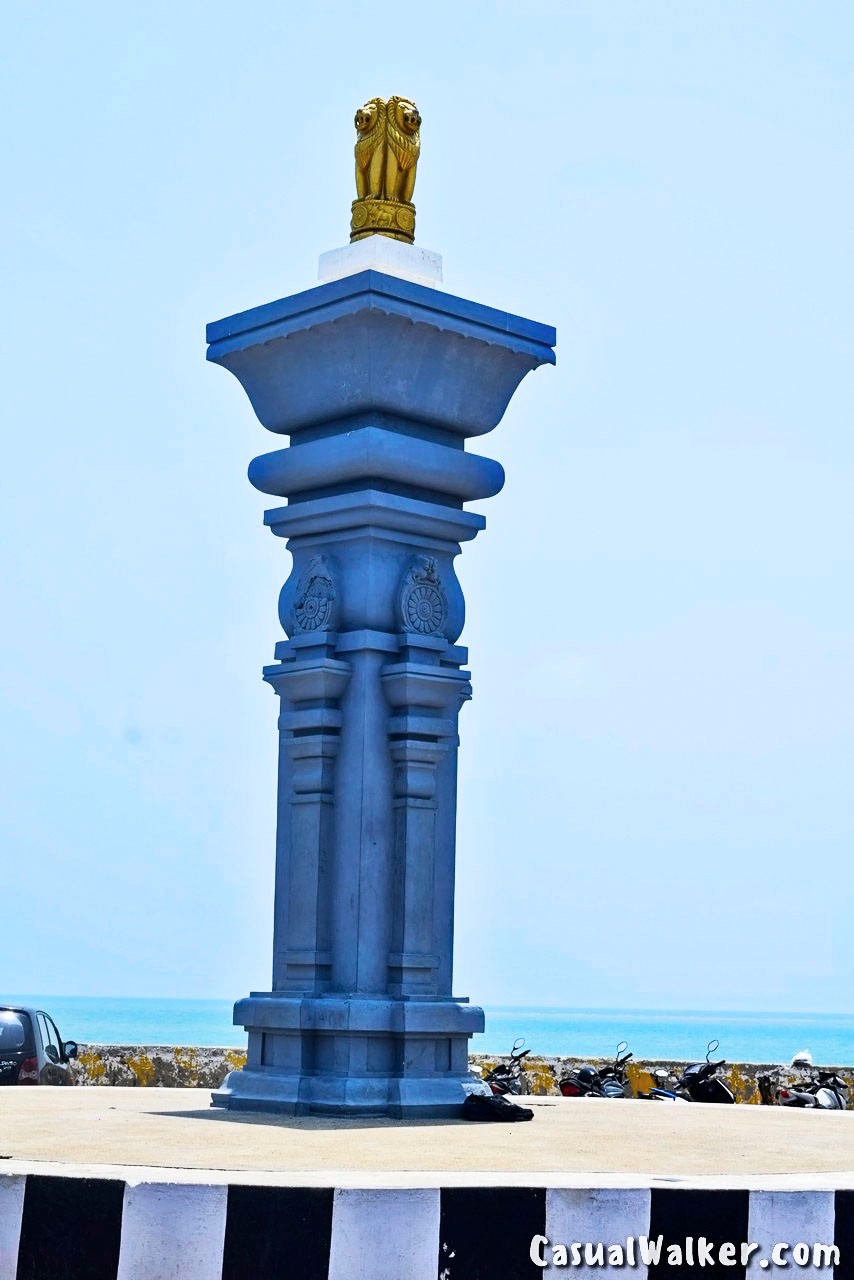










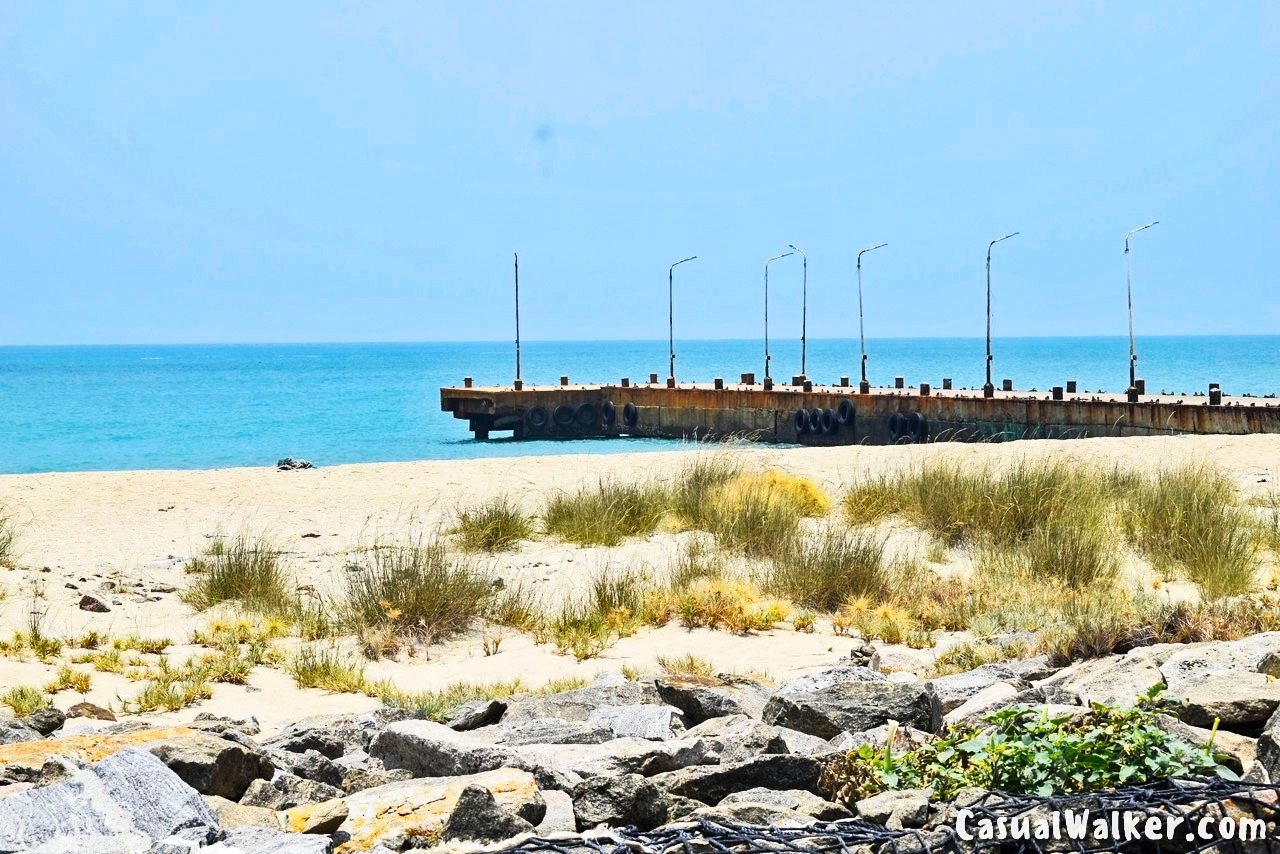

















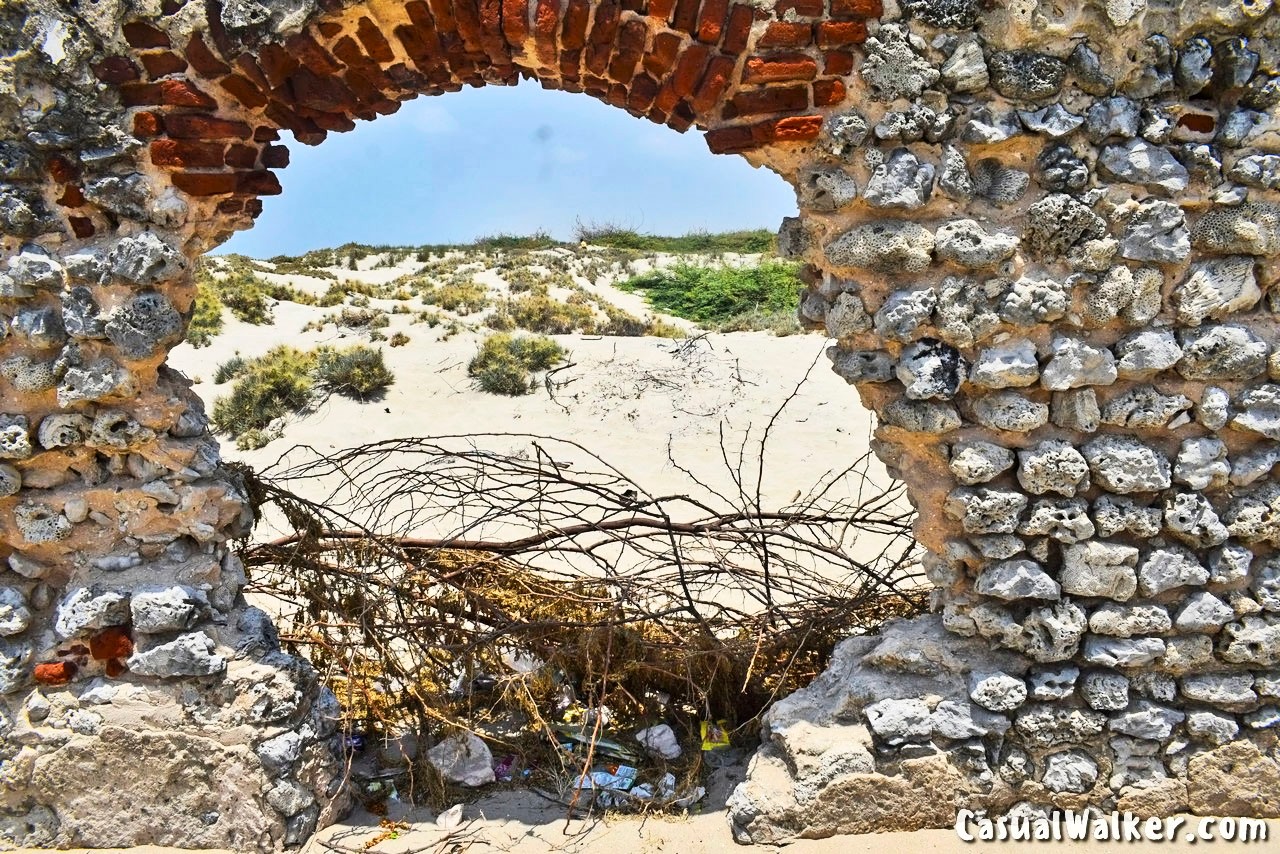
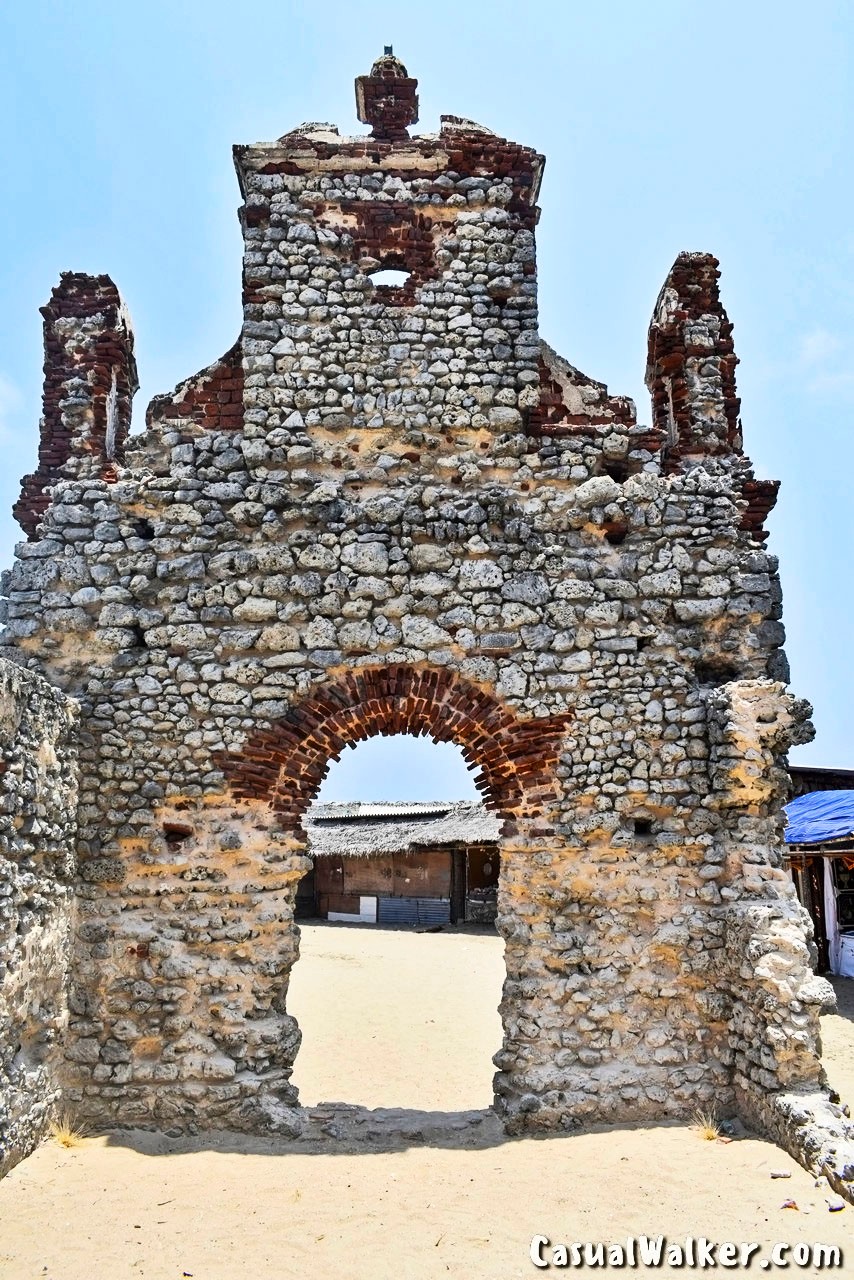




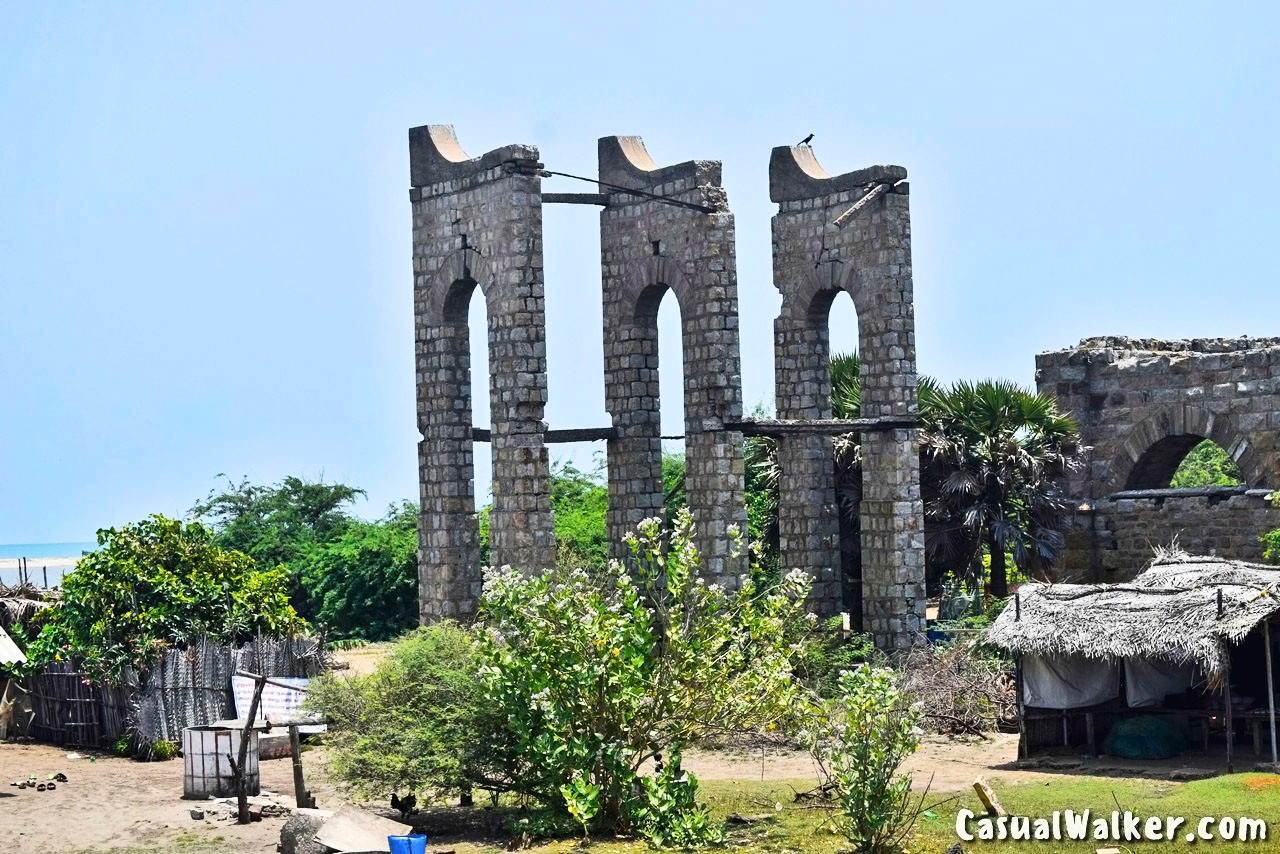



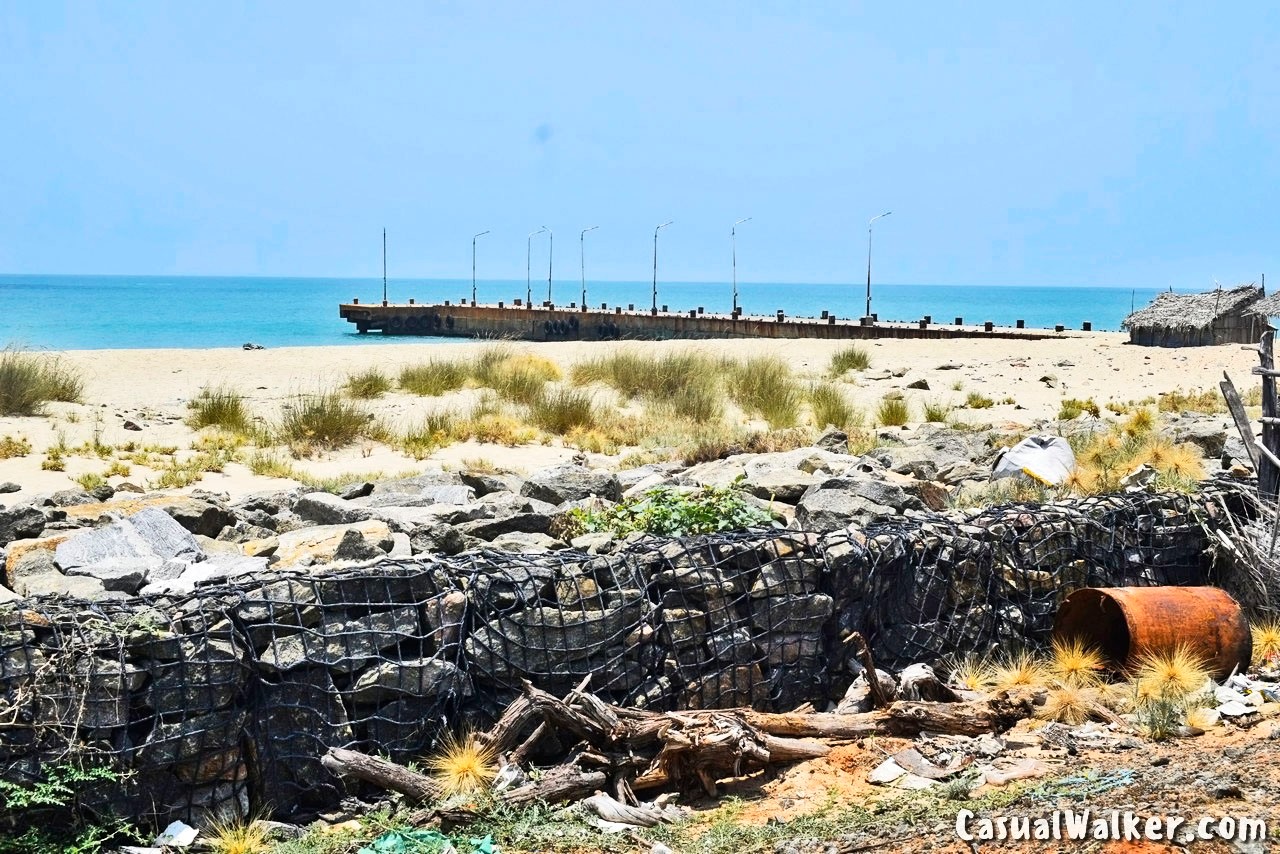
Also check out Similar Interesting Places Photo captures in Rameswaram :
Saathaiya Temple Festival, Santhanoor Village at Ramanathapuram Visit, Travel

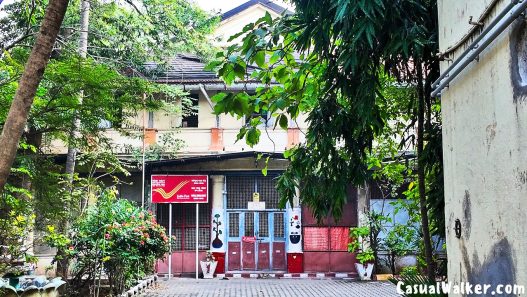
































… [Trackback]
[…] Here you will find 5389 more Info on that Topic: casualwalker.com/dhanushkodi-beach-last-land-road-india-pamban-island-rameswaram-best-beach-rameshwaram-adventurous-travelers-family-friends-visit-history-travel-guide/ […]
… [Trackback]
[…] Read More to that Topic: casualwalker.com/dhanushkodi-beach-last-land-road-india-pamban-island-rameswaram-best-beach-rameshwaram-adventurous-travelers-family-friends-visit-history-travel-guide/ […]
… [Trackback]
[…] Find More Info here to that Topic: casualwalker.com/dhanushkodi-beach-last-land-road-india-pamban-island-rameswaram-best-beach-rameshwaram-adventurous-travelers-family-friends-visit-history-travel-guide/ […]
… [Trackback]
[…] Read More here on that Topic: casualwalker.com/dhanushkodi-beach-last-land-road-india-pamban-island-rameswaram-best-beach-rameshwaram-adventurous-travelers-family-friends-visit-history-travel-guide/ […]
… [Trackback]
[…] Information on that Topic: casualwalker.com/dhanushkodi-beach-last-land-road-india-pamban-island-rameswaram-best-beach-rameshwaram-adventurous-travelers-family-friends-visit-history-travel-guide/ […]
… [Trackback]
[…] Read More to that Topic: casualwalker.com/dhanushkodi-beach-last-land-road-india-pamban-island-rameswaram-best-beach-rameshwaram-adventurous-travelers-family-friends-visit-history-travel-guide/ […]
… [Trackback]
[…] Find More on on that Topic: casualwalker.com/dhanushkodi-beach-last-land-road-india-pamban-island-rameswaram-best-beach-rameshwaram-adventurous-travelers-family-friends-visit-history-travel-guide/ […]
… [Trackback]
[…] Info on that Topic: casualwalker.com/dhanushkodi-beach-last-land-road-india-pamban-island-rameswaram-best-beach-rameshwaram-adventurous-travelers-family-friends-visit-history-travel-guide/ […]
… [Trackback]
[…] Read More on on that Topic: casualwalker.com/dhanushkodi-beach-last-land-road-india-pamban-island-rameswaram-best-beach-rameshwaram-adventurous-travelers-family-friends-visit-history-travel-guide/ […]
… [Trackback]
[…] There you can find 53927 more Information on that Topic: casualwalker.com/dhanushkodi-beach-last-land-road-india-pamban-island-rameswaram-best-beach-rameshwaram-adventurous-travelers-family-friends-visit-history-travel-guide/ […]
… [Trackback]
[…] Find More Info here on that Topic: casualwalker.com/dhanushkodi-beach-last-land-road-india-pamban-island-rameswaram-best-beach-rameshwaram-adventurous-travelers-family-friends-visit-history-travel-guide/ […]
… [Trackback]
[…] Read More here on that Topic: casualwalker.com/dhanushkodi-beach-last-land-road-india-pamban-island-rameswaram-best-beach-rameshwaram-adventurous-travelers-family-friends-visit-history-travel-guide/ […]
… [Trackback]
[…] Find More here to that Topic: casualwalker.com/dhanushkodi-beach-last-land-road-india-pamban-island-rameswaram-best-beach-rameshwaram-adventurous-travelers-family-friends-visit-history-travel-guide/ […]
… [Trackback]
[…] Information on that Topic: casualwalker.com/dhanushkodi-beach-last-land-road-india-pamban-island-rameswaram-best-beach-rameshwaram-adventurous-travelers-family-friends-visit-history-travel-guide/ […]
https://t.me/iGaming_live/4872
… [Trackback]
[…] Read More Info here to that Topic: casualwalker.com/dhanushkodi-beach-last-land-road-india-pamban-island-rameswaram-best-beach-rameshwaram-adventurous-travelers-family-friends-visit-history-travel-guide/ […]
Diese können in Form von Einzahlungsboni, Freispielen oder einer Kombination aus beidem gewährt werden.
Die Krypto Casinos Anbieter bieten dabei nicht nur die Standardvarianten, sondern auch zahlreiche Abwandlungen und Varianten dieser Tischspiele.
Die Spieler genießen schnelle Transaktionen, niedrige Gebühren und die Möglichkeit, mit der nativen CoinPoker-Währung (CHP) zu spielen. Tauche
ein in die Welt der Krypto Casinos und erlebe die Zukunft
des Glücksspiels – fang’ noch heute an in den besten Krypto Casinos zu spielen! Das Spiel ist immer mit einem Risiko verbunden und
es gehört ausschließlich unseren Lesern, verantwortungsbewusst zu spielen.
Neue Crypto Online Casinos werben mit wiederkehrenden Freispielen, die vom jeweiligen Wochentag abhängen oder an bestimmte
Aktionen – beispielsweise die erneute Einzahlung von Guthaben – gebunden sein können. Häufig handelt
es sich dabei um eine Kombination aus Cash-Guthaben, Gratisspielen und Freiwetten. Wer im neuen Online Casino mit geringen Wertschwankungen spielen möchte, sollte den Stablecoin USDT verwenden.
In unserem Test der besten neuen Krypto Casinos hat CoinPoker vor allem mit einem grandiosen Angebot an Pokerturnieren und
-spielen überzeugt, das im Krypto-Segment als einzigartig bezeichnet werden darf.
Neben einer ganzen Reihe von Krypto Casinospielen stehen Ihnen gefragte Wettmärkte zur Verfügung.
References:
https://online-spielhallen.de/vegaz-casino-promo-code-ihr-schlussel-zu-exklusiven-vorteilen
… [Trackback]
[…] Here you will find 60804 additional Info on that Topic: casualwalker.com/dhanushkodi-beach-last-land-road-india-pamban-island-rameswaram-best-beach-rameshwaram-adventurous-travelers-family-friends-visit-history-travel-guide/ […]
Outside of your luxury room, you have many options that will keep you feeling great and entertained.
This experience starts and ends with the staff who will do their
utmost to ensure that you have the holiday of
a lifetime. The Bellagio Hotel Vegas works in many ways, small and large, to provide
its guests with that ultimate high-class experience people covet.
If your room is not a suite, you can still enjoy a Jacuzzi at Bellagio Hotel & Casino Resort.
While his bathroom often features a glass steam shower, her bathroom features a
Jacuzzi. It is designed to allow the guests to live “the high life”, as they relax in the deluxe bathroom with full amenities.
Needless to say, however, this hotel is busy from all the foot traffic.
With so many people here to see the famous dancing fountains and other public
sights, it’s hard to categorize travelers. A lot of the people you’ll see in the hotel are here to gawk
at the Conservatory, which was modeled after conservatories Steve Wynn had seen in France and changes its displays—which are made
of tens of thousands of flowers and kinetic sculptures—with the seasons.
It can be argued that Bellagio ushered in the era of the super-resort in Las Vegas.
Front desk staff will greet guests on arrival at the property.
Before a night out at the casino, the 5 outdoor
swimming pools and 4 hot tubs are a perfect way to relax and recharge.
References:
https://blackcoin.co/top-welcome-bonuses-online-casinos/
We only display the latest casino bonuses that have been verified
by our expert reviewers. No matter if you like pokies, blackjack, roulette, baccarat, poker,
bingo or any other casino game, the websites we list will have all of them and more.
All the casinos on our lists have proper gambling licences and are safe to play on. His expertise goes beyond mere
observation; Zack Achman immerses himself in the ever-evolving landscape of casinos,
constantly exploring the latest trends, games, and strategies.
This risk-free casino bonus gives you the chance to explore new
games and features using bonus cash or free spins—no financial commitment required.
As you climb the VIP ranks, you can unlock higher bonuses, faster withdrawals, and access to high roller casino bonus
offers. We evaluate casinos based on player reviews,
ensuring they deliver reliable service and prompt assistance.
Casino promotions encompass a variety of offers, including deposit bonuses,
free spins, and exclusive deals.
usa casino online paypal
References:
https://imgo.cc/
online casino australia paypal
References:
http://www.career4.co.kr/bbs/board.php?bo_table=ci_consulting&wr_id=351514